1. Introduction
Hello everyone, I am Mai Ge.
As an embedded development engineer, my daily work is closely related to register configuration, communication protocol debugging, and memory leak troubleshooting.
I wonder if anyone else has found themselves in a similar predicament:
- High Repetitive Work: Sensor initialization and peripheral driver development account for 70% of my work time, and every time a new project starts, these “wheels” have to be reinvented.
- High Debugging Costs: Problems arising from the coupling of hardware and software are difficult to locate; a single pointer out-of-bounds error can crash the entire system, and traditional debugging tools have limited support for embedded scenarios.
- Difficult Platform Adaptation: From STM32 to ESP32, the poor compatibility of different development boards often leads to code porting failures, and missing documentation only exacerbates the situation.
Recently, I discovered a new VSCode plugin—SenseTime Code Raccoon—that has qualitatively improved my development efficiency.
AI-assisted programming is incredibly enjoyable; everyone should give it a try.
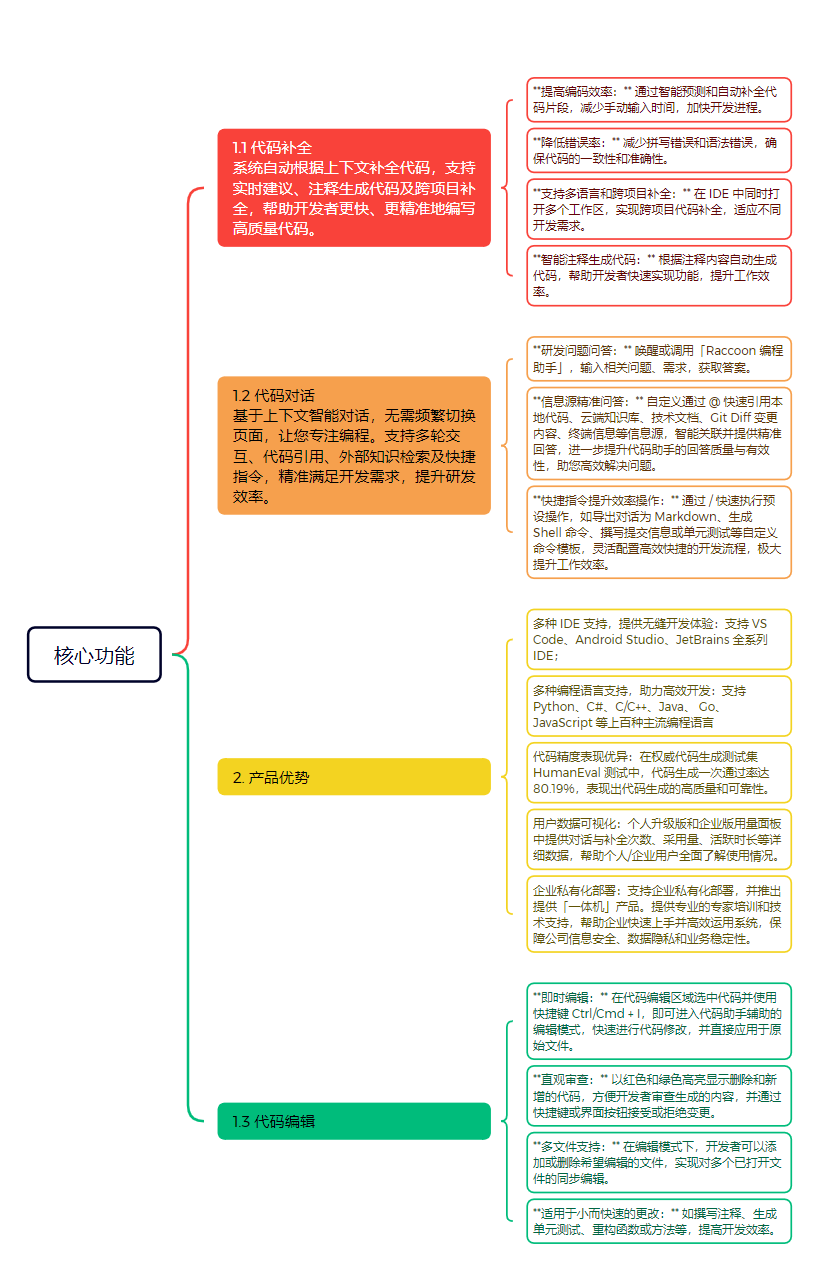
2. Plugin Installation
After using it extensively for half a month, I can’t help but recommend it; installation is straightforward. I usually use VSCode quite a bit, and the plugin integrates seamlessly.
First, make sure to install VSCode, version <span>V1.75.0</span> or above. Don’t ask me how I know; I just had trouble installing it with an earlier version.
Next, the installation is very simple and only requires three steps:
- Click on the plugin section in the VSCode sidebar;
- Type
<span>Raccoon</span>in the search bar; - Click
<span>Install</span>to install the plugin;
As shown below:
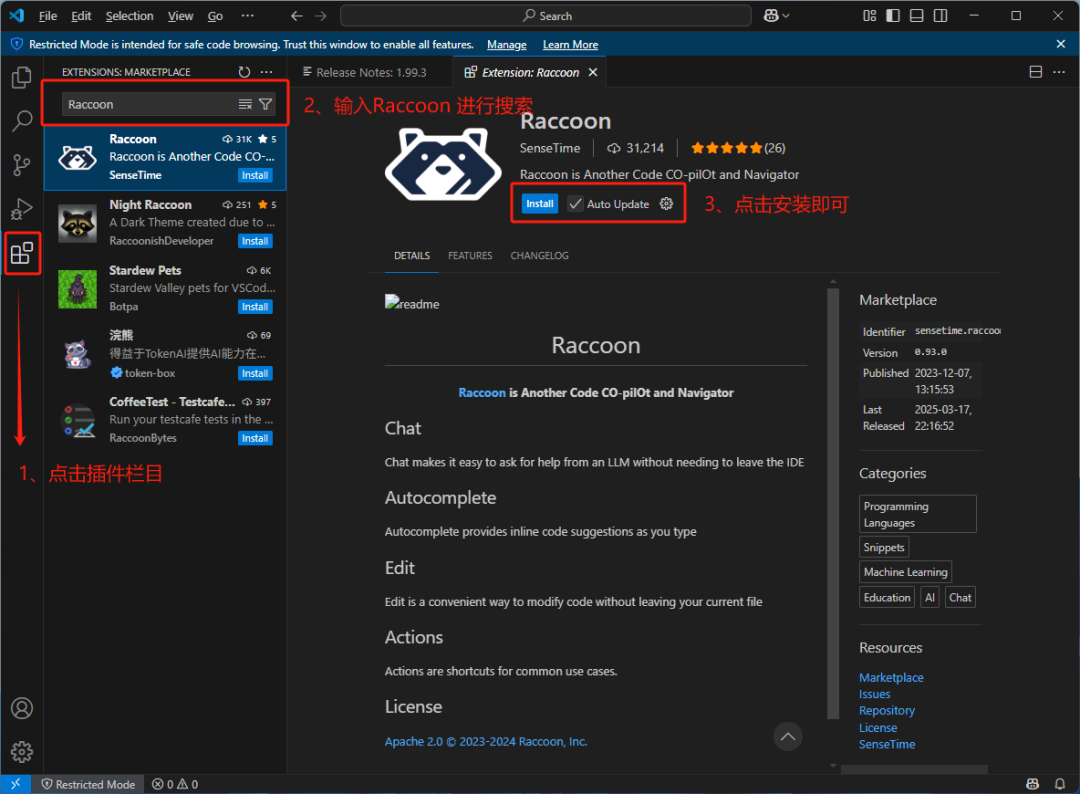
After successful installation, a small raccoon icon will appear in the sidebar, which you need to click for account management;
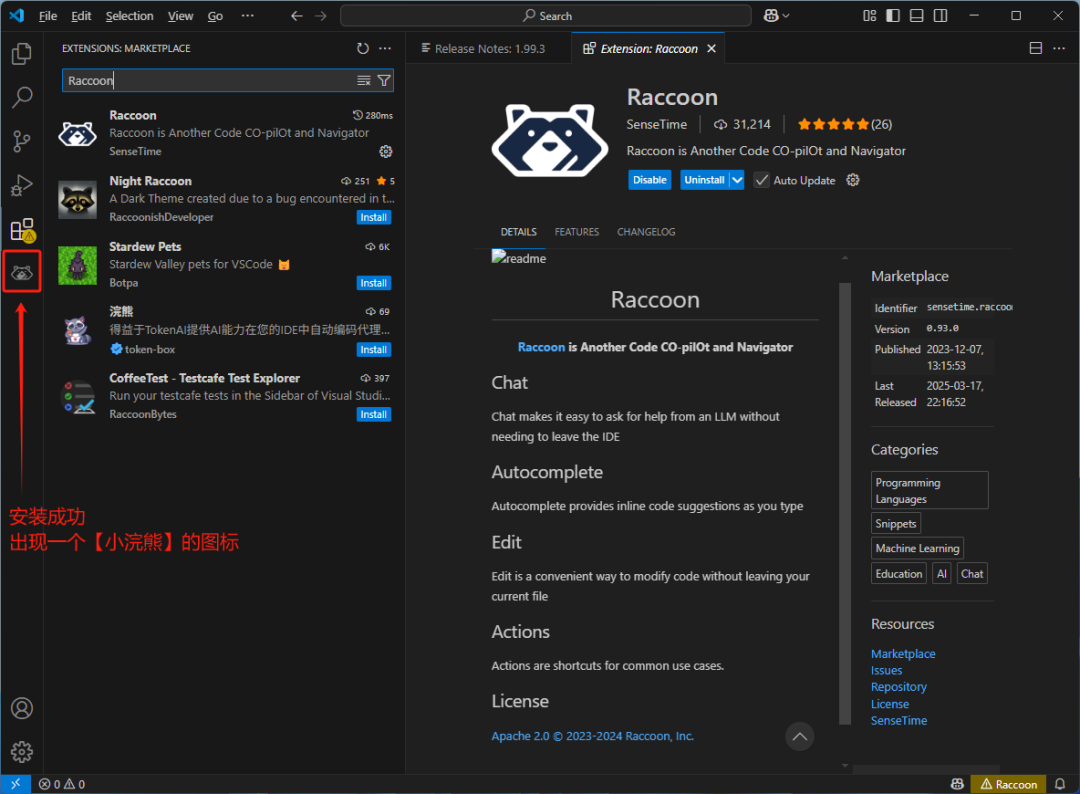
Here, we need to log in using a mobile account and password, and then we can comfortably use the features of the Raccoon.
Register an account at
<span>xiaohuanxiong.com</span>to start using it. You can also scan the QR code below to register.
3. Start Improving Efficiency
Alright, once everything is set up, we can start improving efficiency. You can drag the Raccoon to the lower left corner for split-screen, which can enhance productivity.
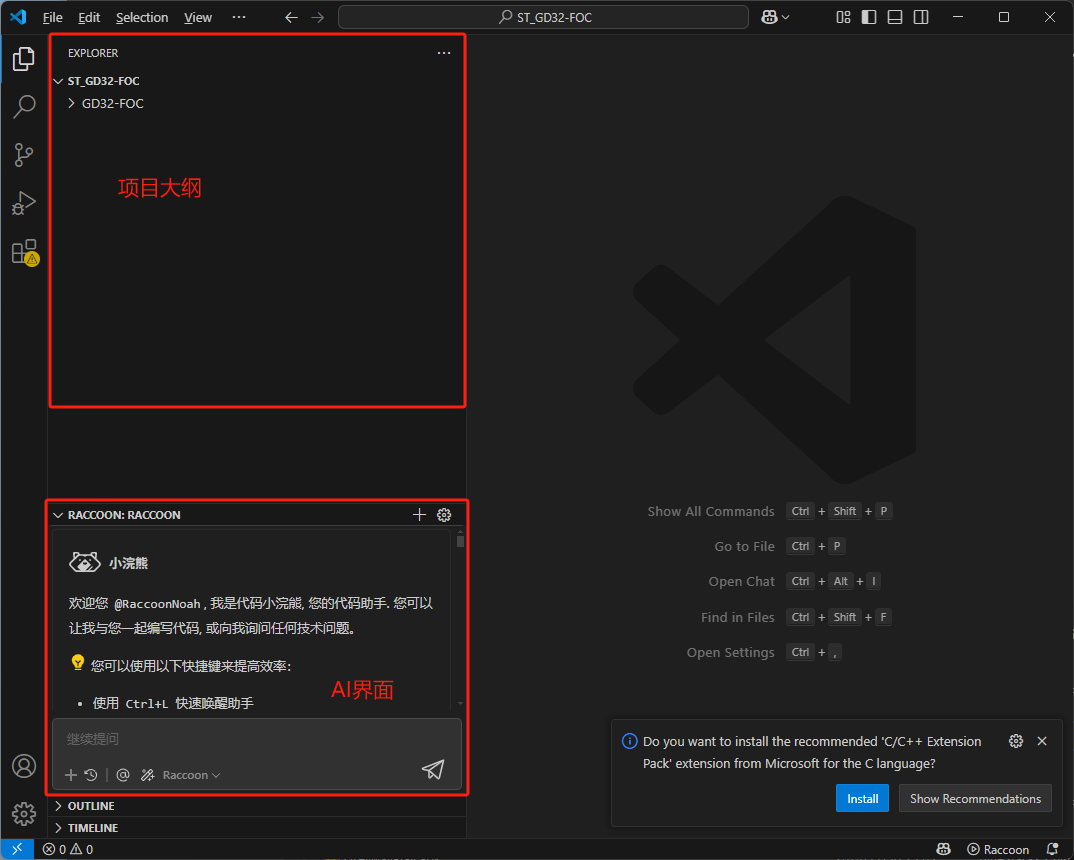
This is a previous electric control project I developed, based on ST’s FOC library.
Simply input <span>@MOTO_FOC_DRIVE @MC_PID_regulators.c</span>,h and press enter, and it will automatically parse the function of the current file, although the output is in English.
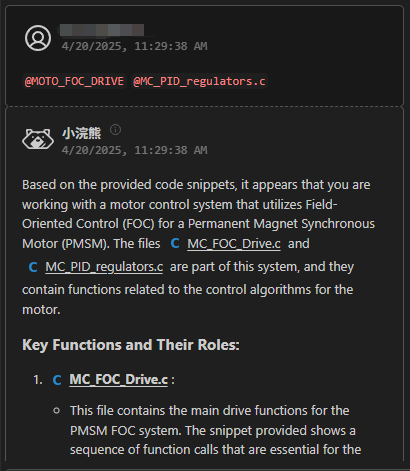
Let the Raccoon translate it into Chinese;
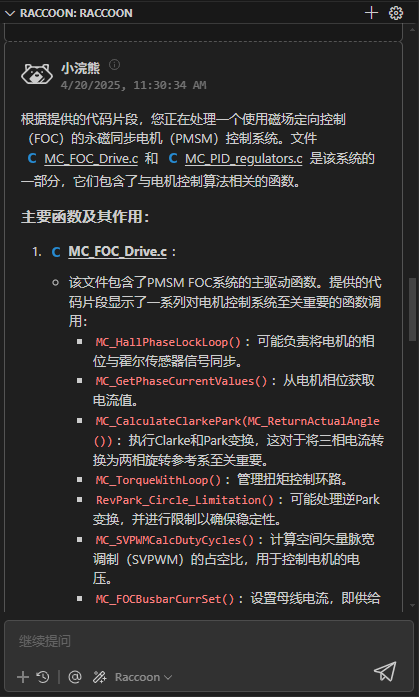
If you have questions about a certain function, you can ask it to translate directly;
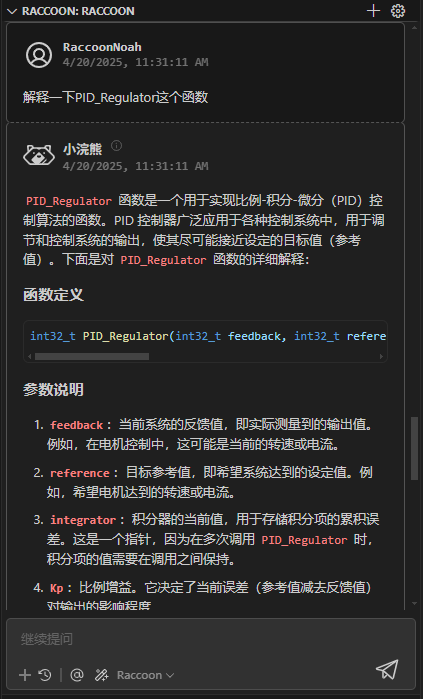
So far, I feel it’s quite good; for detailed usage methods, you can check the official documentation of the Raccoon.
Documentation link: <span>https://www.xiaohuanxiong.com/docs/welcome</span>
